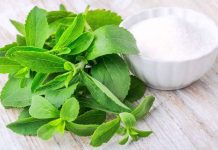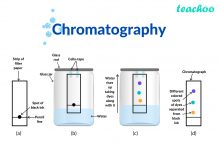Have you ever taken a good close look at a handful of rich fertile soil? You probably noticed that it’s dark and deep in it’s color. It’s very rich in humic and fulvic acids also known as humates. These make down nutrients and make them more available to your plants.
Every hydroponic grower wants to enjoy the good aspects of soil growing without having the problems usually associated with soil such as increased disease and lower yields.

The best way to have the benefits of soil is to add fulvic acid to your nutrient mix. To squeeze the most out of your fulvic acid you’ll need to pay attention to the factors in your resevoir and nutrient mix and also to your grow room conditions.
What about humic acid?
Both fulvic and humic acids serve similar purposes in the substrate. They really only differ in their ability to be absorbed at certain pH levels. If fulvic is used alone you will no doubt see a positive response but by using both fulvic and humic in your nutrient mix at the same time you’ll see even better results.
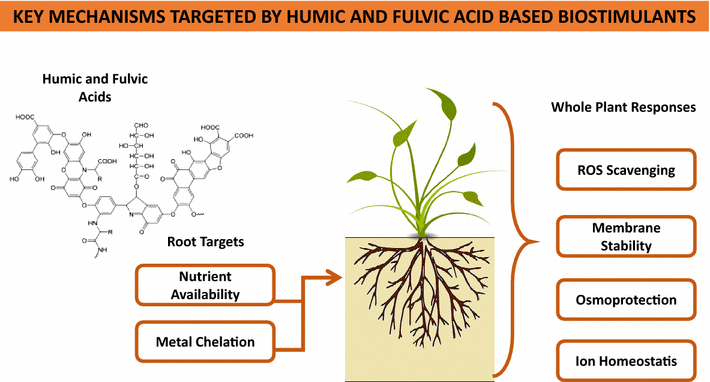
Something From Nothing?
One of fulvic acids unique properties is it’s ability to convert useless materials in the substrate into ions that can easily be absorbed by the roots. If you haven’t used fulvic yet you’ll probably notice a definate increase in nutrient uptake. The new stronger roots and more bio-available nutrients in the substrate will allow your plants to benefit from the increased nutrient density caused by the breakdown of useless matter.
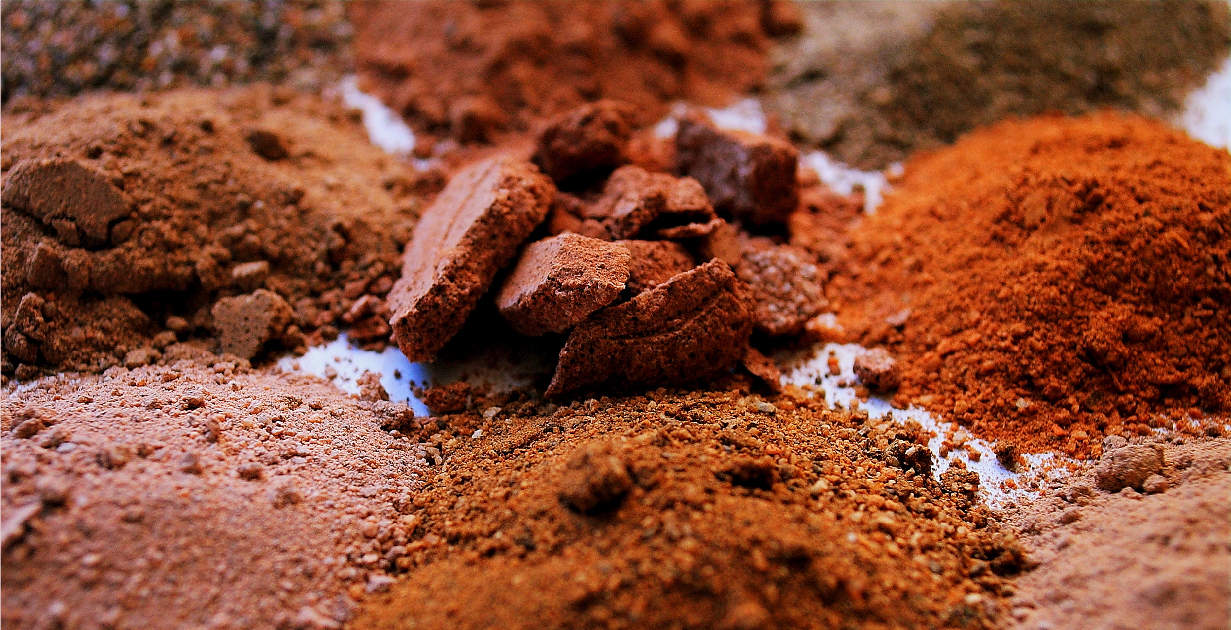
When adding fulvic is it best to increase the concentration or dosage gradually so as not to suffer the effect of overfeeding. Also please pay attention to your pH levels as these can fluctuate when nutrient uptake and density change.
More Light
Along with accelerating nutrient absorption, fulvic acid has a few other interesting effects. It will increase photosynthetic activity allowing your plants to produce a lot more of the carbs it needs to grow fast and remain healthy. Because of this you can bring the lights a little closer to the plants to increase light intensity at the canopy.
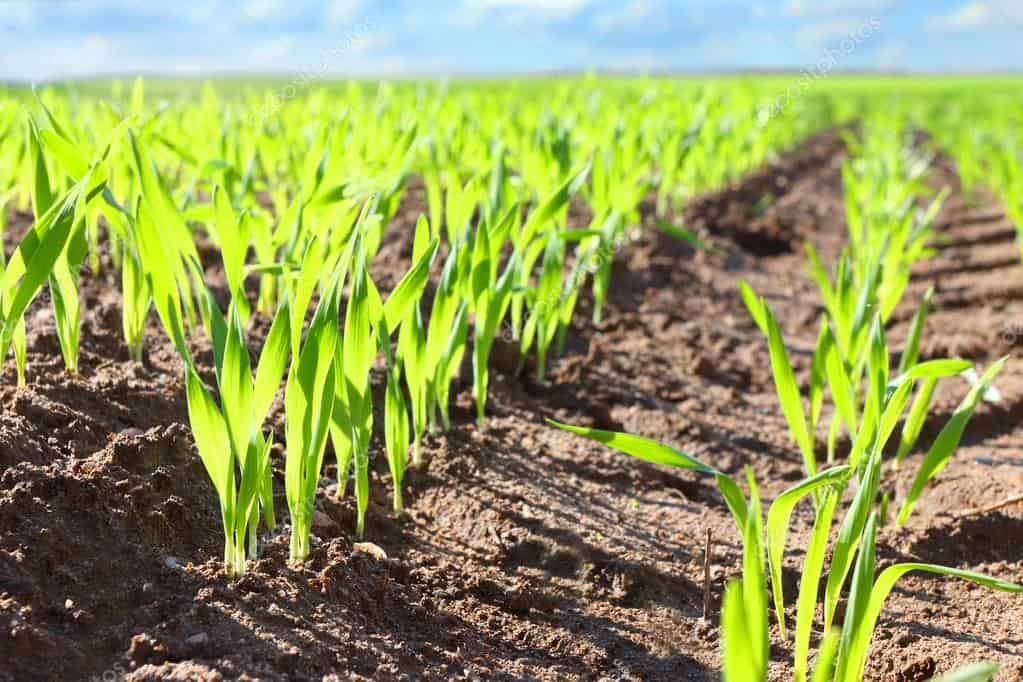
Be careful though to avoid heat damage to the upper parts of the plants. If you want to get your lights quite close to your plants then think about cool tubes combined with an intake and venting in-line fans. These are super efficient at removing heat from HID lights. Also make certain you have a good amount of internal air circulation around the canopy.
- What Is Aromatherapy Vs. What Are Essential Oils?
- What is La Tomatina in Bunol, Spain Like? What to Expect at the Famous Tomato Throwing Festival
Benefits of Seaweed
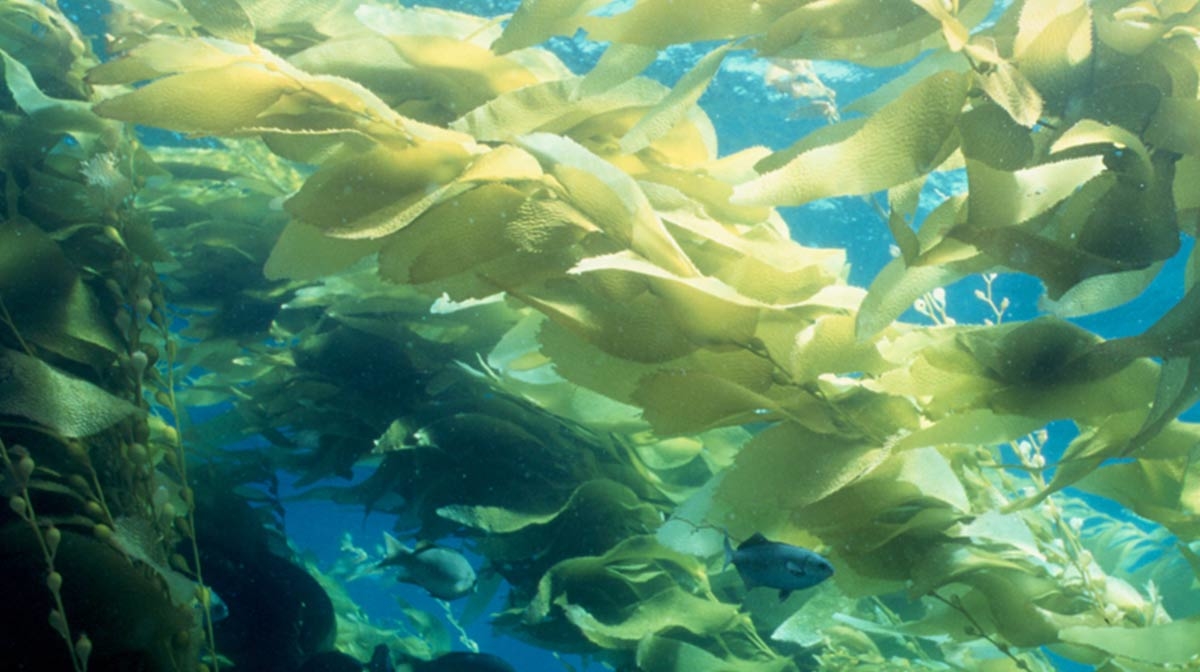
One of the most highly regarded and potent organic fertilizers available is Kelp extract. It’s heavily laden with hormones and antioxidants which can rapidly accelerate plant growth creating abundant and superior flowers and vegetable. The seaweed extract and fulvic/humic acid are perfect partners.




